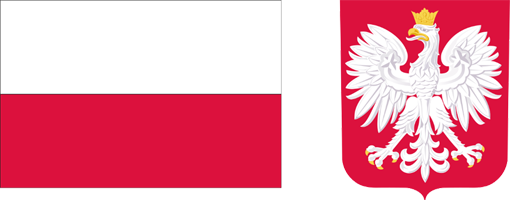Current issue
Archive
About the Journal
Aims and Scope
Editorial Board/Editorial Team
List of reviewers
Publishing process
Publishing Ethics and Malpractice Statement
Personal data protection (GDPR)
Creative Commons License
CrossRef Member / Similarity Check
For Authors
Call for papers
Guidelines for authors
Submitting a manuscript through the editorial system – step by step
For Reviewers
Peer review process
Guidelines for reviewers
Submitting a review – step by step
Contact
RESEARCH PAPER
EXPECTED UTILITY AND PROSPECT THEORIES VERSUS AGRICULTURAL INSURANCE
1
Institute of Agricultural and Food Economics National Research Institute
Submission date: 2022-11-28
Final review date: 2023-01-04
Acceptance date: 2023-03-02
Publication date: 2023-03-30
Zagadnienia Ekonomiki Rolnej / Problems of Agricultural Economics 2023;374(1):62-84
KEYWORDS
risky and uncertain decisionsnon-expected utilityprospect theoryexpected utility theoryagricultural insurance
JEL CLASSIFICATION CODES
D01
D81
Q10
Q14
TOPICS
ABSTRACT
The expected utility theory/hypothesis (EUT/ET) by von Neumann and Morgenstern has become
the subject of criticism and efforts to improve it already at the moment of presenting its complete
axiomatic form (1953). The broadest analysis was carried out by Kahneman and Tversky using the
prospect theory (PT). However, it was not carefully prepared. The above two were helped in 1982 by
Quiggin with his extension of the EUT in the form of the rank-dependent expected utility (RDEU).
This was followed by Kahneman and Tversky in 1992 boasted the second version of the prospect theory,
i.e., the cumulative prospect theory (CPT). It became the most competitive proposal to the EUT,
although later other researchers added new elements to it. In this way, the subsequent generations
of the PT were created. Today there are five in total. It soon became apparent that the PT also did
not satisfactorily explain various cases of decision-making under conditions of risk and uncertainty.
Upon closer analysis, however, it turned out that the PT was in fact a generalization of the EUT. Both
theories are tools for modeling insurance decisions, including agriculture. In this context, the main
aim of the article is to present the principles and the results of applying them in agricultural insurance.
The analysis shows that the pragmatic solution at present is the combined use of both theories,
with the EUT usually being the reference point.
Share
RELATED ARTICLE
We process personal data collected when visiting the website. The function of obtaining information about users and their behavior is carried out by voluntarily entered information in forms and saving cookies in end devices. Data, including cookies, are used to provide services, improve the user experience and to analyze the traffic in accordance with the Privacy policy. Data are also collected and processed by Google Analytics tool (more).
You can change cookies settings in your browser. Restricted use of cookies in the browser configuration may affect some functionalities of the website.
You can change cookies settings in your browser. Restricted use of cookies in the browser configuration may affect some functionalities of the website.




